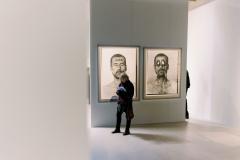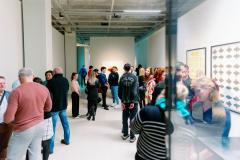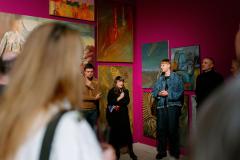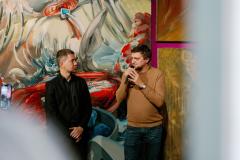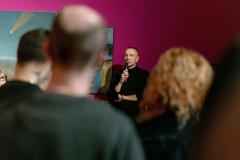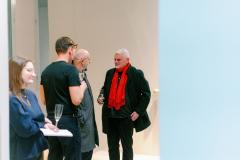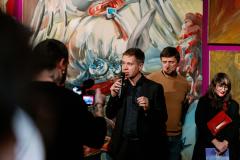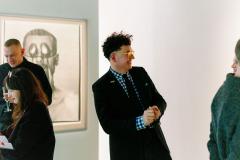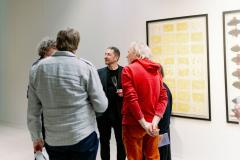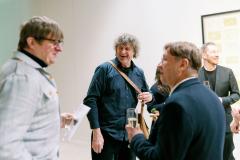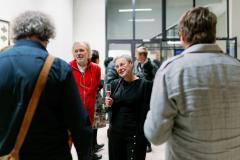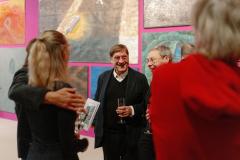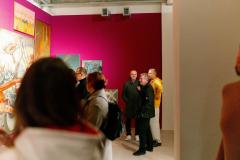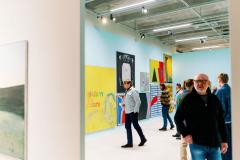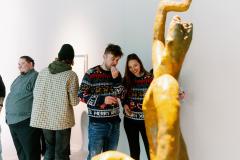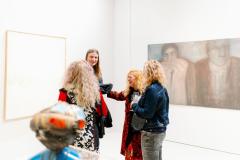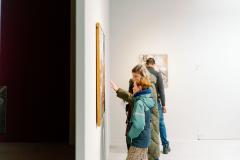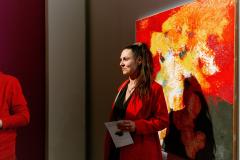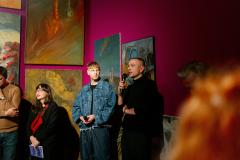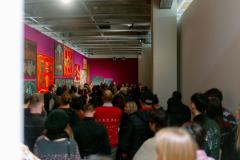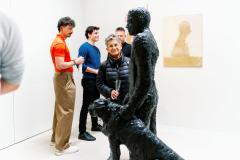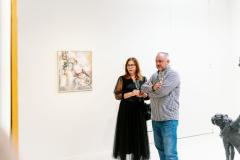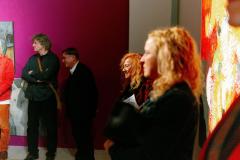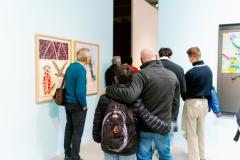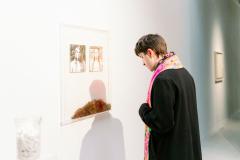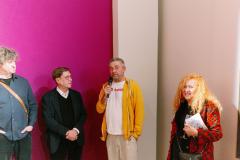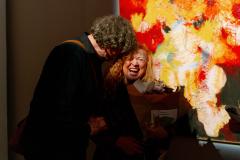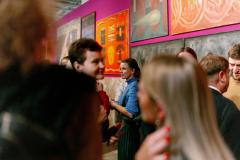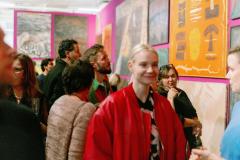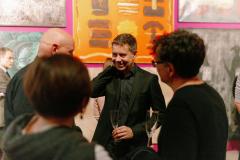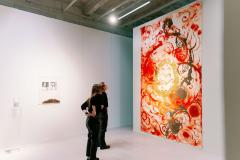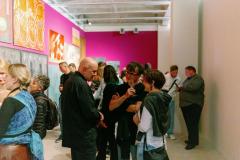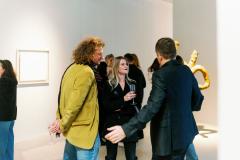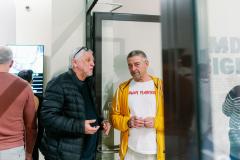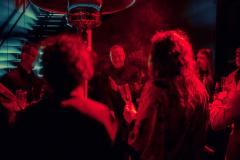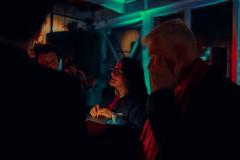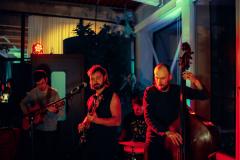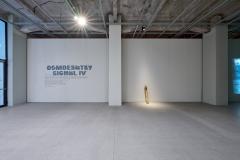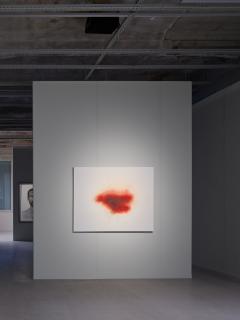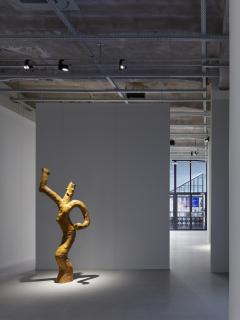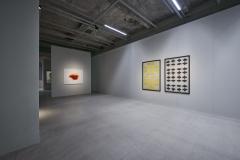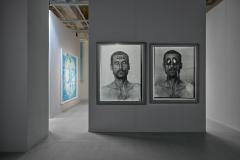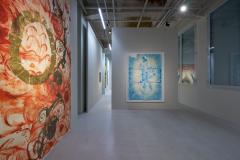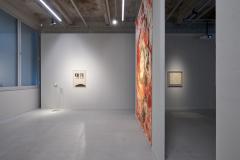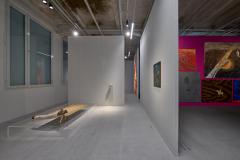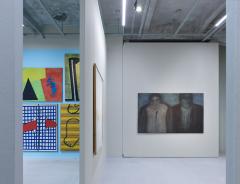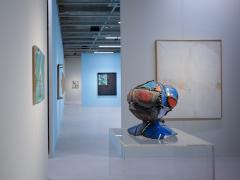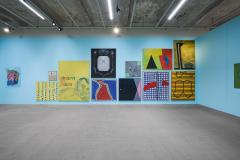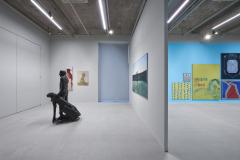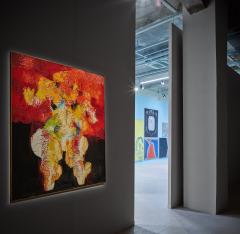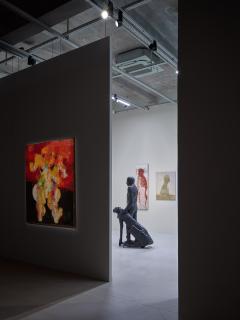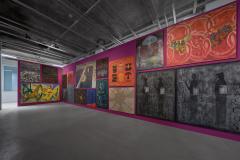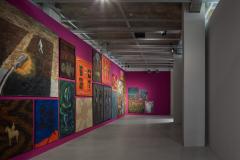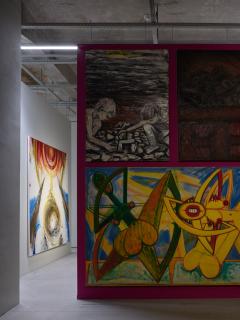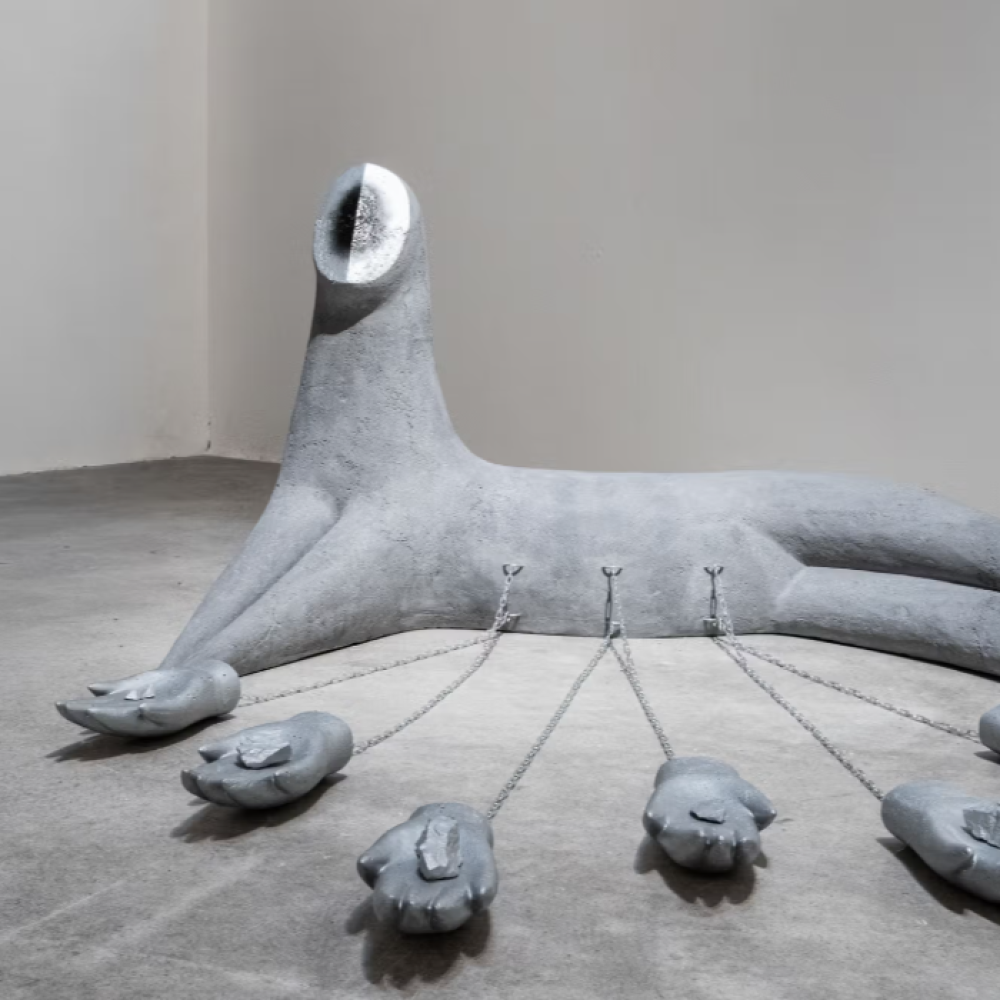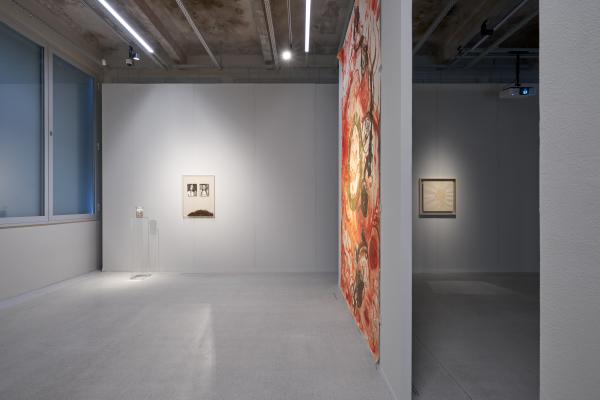
Tomáš Ruller, To Be or Not to Be, Švédův stůl, Moravský kras, 1979
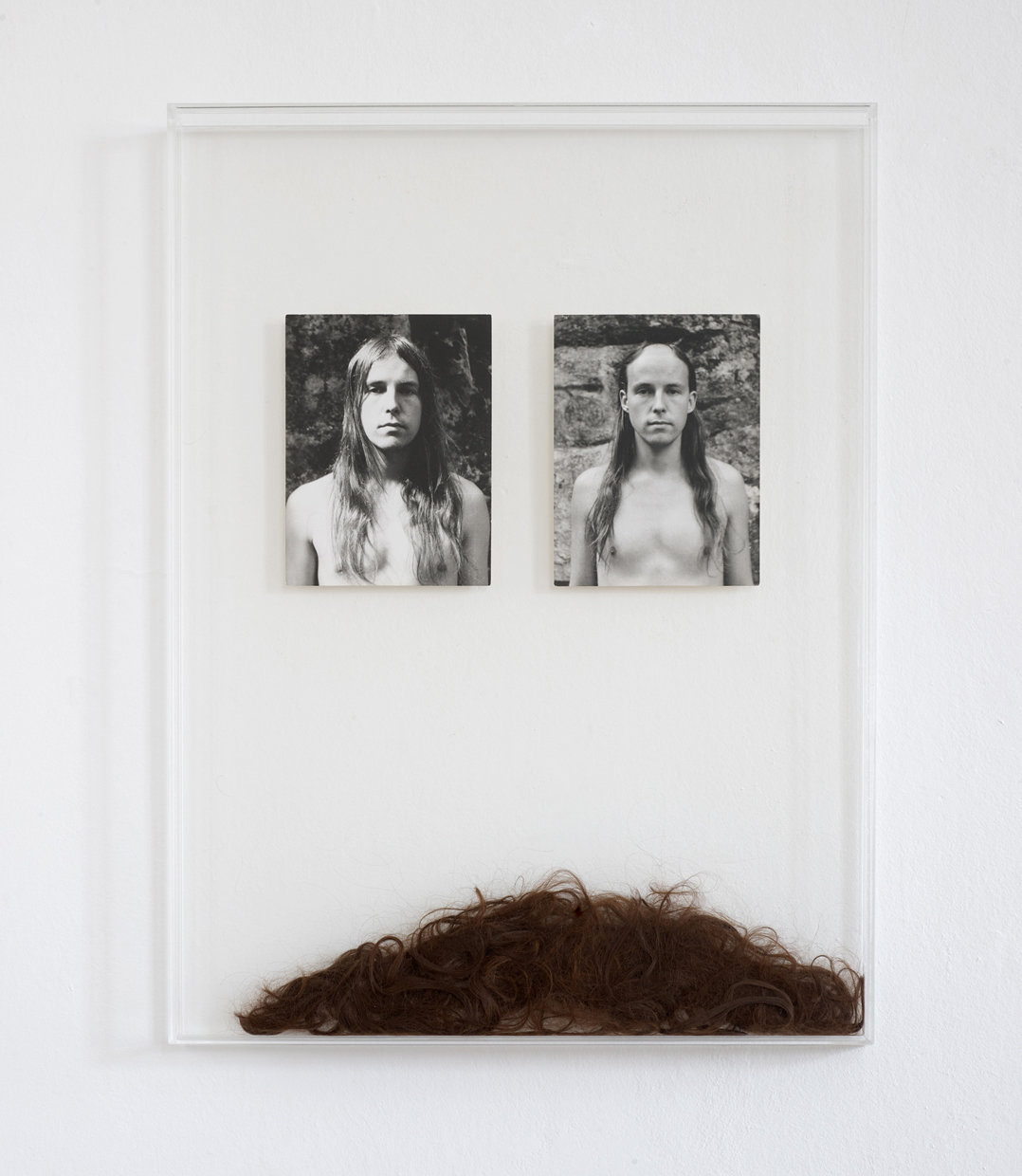
The scheme of the initiation ritual is clearly visible in Tomáš Ruller's introverted action To Be or Not to Be, carried out in the magical environment of a Paleolithic cave (Swede's Table) in the Moravian Karst. This does not mean, however, that Ruller consciously reproduced the scenario of a particular ritual, taken out of a different cultural context, on the basis of ethnographic study. Such a literal mechanical repetition would make no sense. It is significant, however, that in his action he used a number of universal ceremonial elements and symbols that were found in various variations and combinations in almost all cultural circles. Although the original meaning of many of these symbols has faded from the common consciousness, they are spontaneously recreated in contemporary rituals. Thus, ritual activity helps to reactivate archetypal contents that are deeply embedded in the unconscious and that have apparently not lost their relevance for human life to this day. If, for example, Ruller had the left half of his body painted white and the right half black during his action to express his desire for integration and unification of opposites, he was apparently unaware that this was how the original androgynous Adam Kadmon was portrayed. He probably did not even know that the myth of the primordial androgyne, common to almost all cultures, gave rise to numerous rituals aimed at achieving, at least temporarily, the original perfection, unity and totality.
His ritual, however, also included a number of very conscious acts. Shaving off his hair was a voluntary sacrifice (representing in initiation rituals a common circumcision or other bodily harm), but also a farewell to the past; washing in a stream was a symbolic cleansing and rebirth into a new life; contemplation of basic geometric figures he painted on a rock was a spiritual exercise common especially in oriental cults (yantras). The whole ceremony was accompanied by an intense communication with nature, an experience of the unity of the four elements: the sky overhead, the sound of water from a nearby stream, a lit fire and the earth, in whose womb, represented by the cave, the ceremony took place. There is no doubt that this complex and seemingly syncretic ritual must have left a deep imprint on Ruller's consciousness, that it contributed to the transformation of his personality, and that it was therefore not only meaningful but also effective.
Author.
